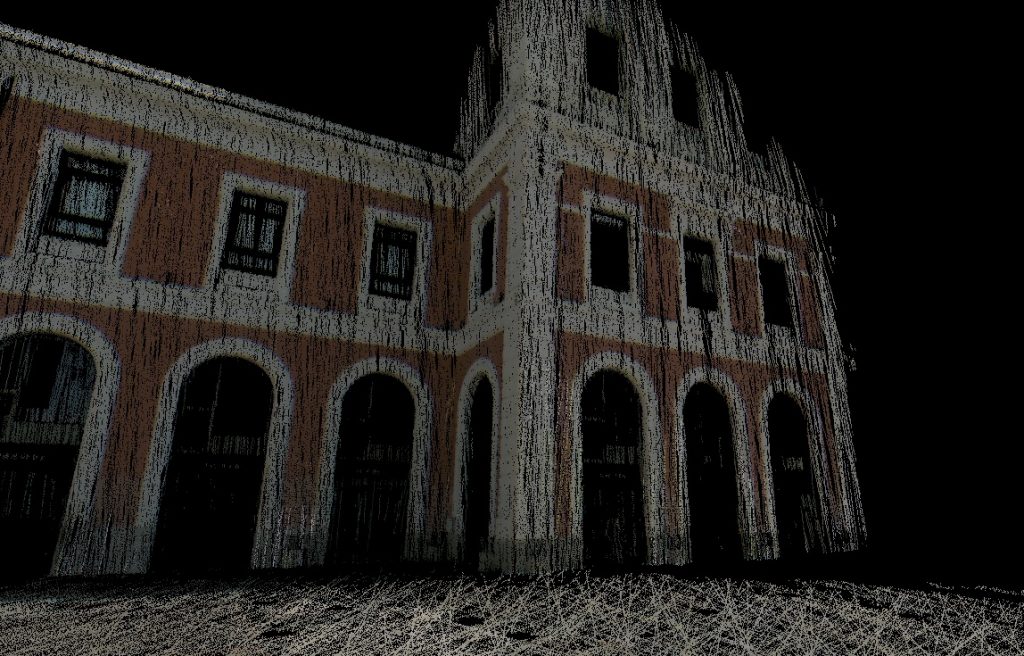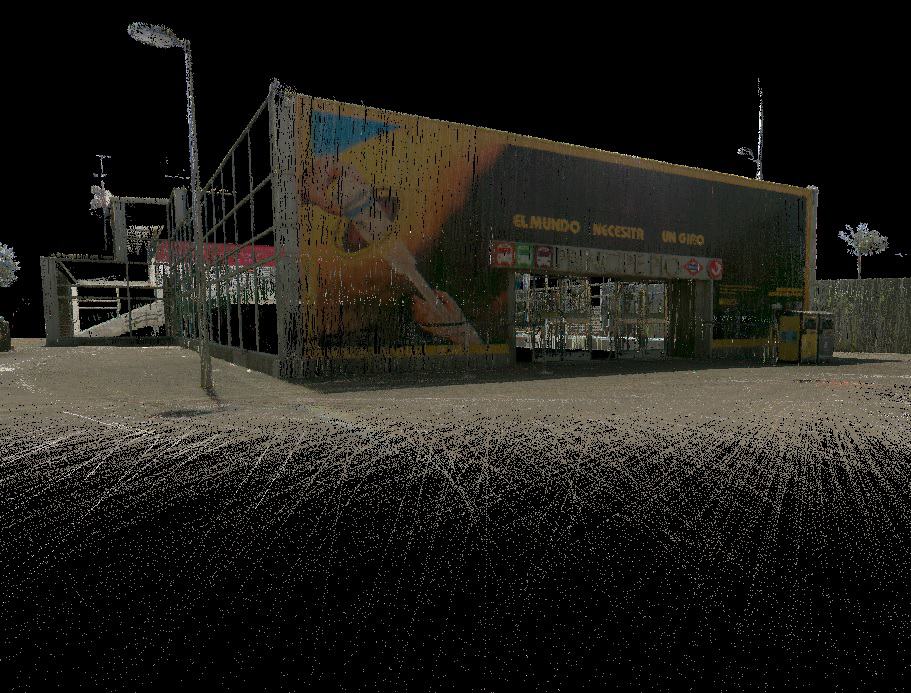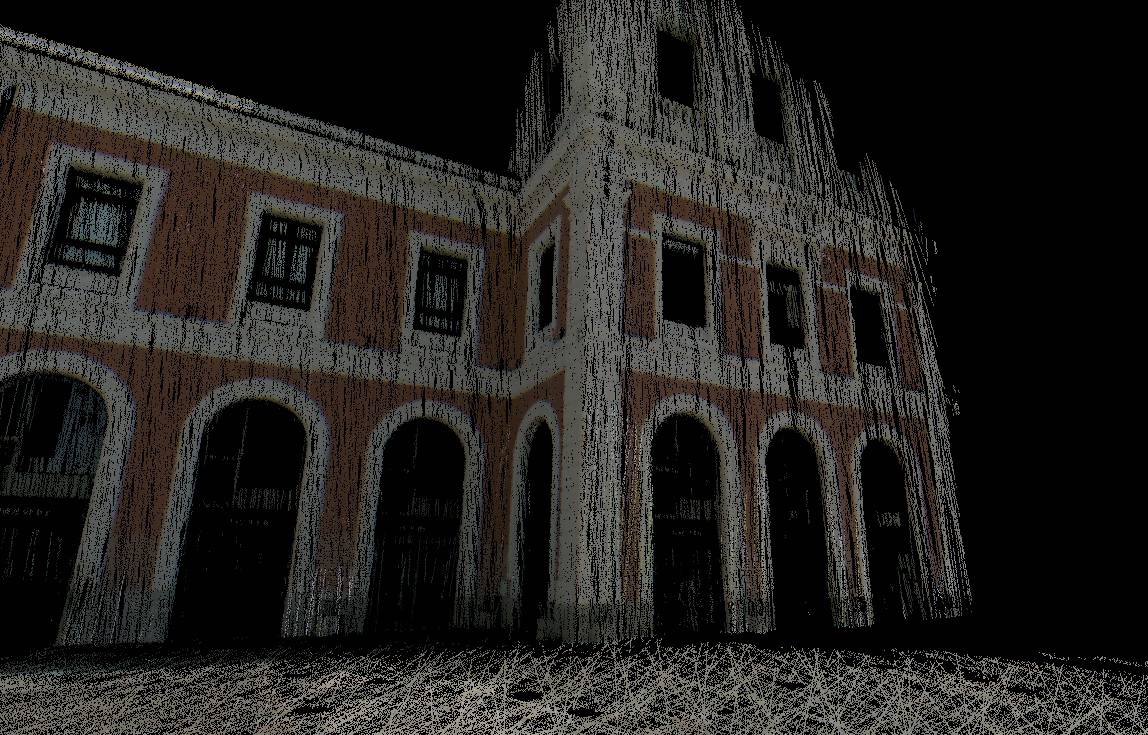A few weeks ago, we received a project: to improve the accessibility of Príncipe Pío Station. How did we do it?
We had a challenge: to transform Príncipe Pío Station in Madrid, also known as Estación del Norte, into a space where any user could move through its facilities and make use of platforms and buses.
How did we make it possible? Once again, thanks to Fisotec’s SMART inventory and the BIM methodology.

BIM modeling for real accessibility
As you know, the BIM methodology is a 3D model-based approach that integrates detailed information of a construction project in a virtual environment. But did you know that it also offers benefits in improving accessibility for people with visual or motor impairments?
BIM modeling can simulate the mobility of individuals in urban spaces, including, for example, recreations of wheelchairs or people with different types of disabilities to evaluate the accessibility of the environment, helping to identify potential barriers or obstacles..

What have been the tasks carried out in the Príncipe Pío Station project?
We have generated a 2D and 3D BIM model to enable waymap, a company specialized in Indoor Mapping solutions, to develop an application that facilitates access and geolocates the location of users with visual or mobility impairments.
In this way, we have observed how the combination of mobile device technology and BIM can greatly enhance mobility in any type of space.
Similar to a «Google Maps for indoors,» thanks to this application, any user accessing the station and bus platforms will be able to navigate the facilities without any difficulty.

Leica BLK2GO, the tool used in the BIM modeling of Príncipe Pío Station
On this occasion, the chosen tool to carry out these actions has been the Leica BLK2GO handheld laser scanner, state-of-the-art technology that has allowed for quick and accurate data capture, something that would not have been as convenient and simple with other more static systems.
It has been precisely the compact, portable, and lightweight design of the Leica scanner that has enabled our technicians to move through the facilities and gather all the necessary information in a single pass to construct the 2D and 3D representation.
Do you need assistance with your next urban project? Contact us at hello@fisotecsolutions.com



